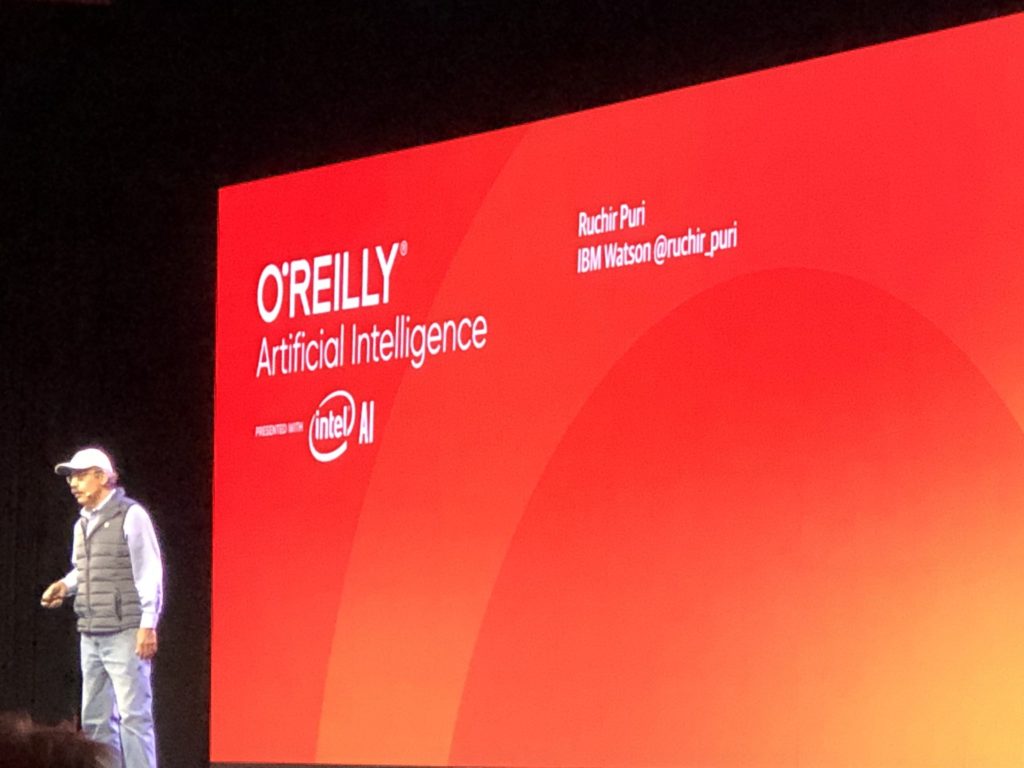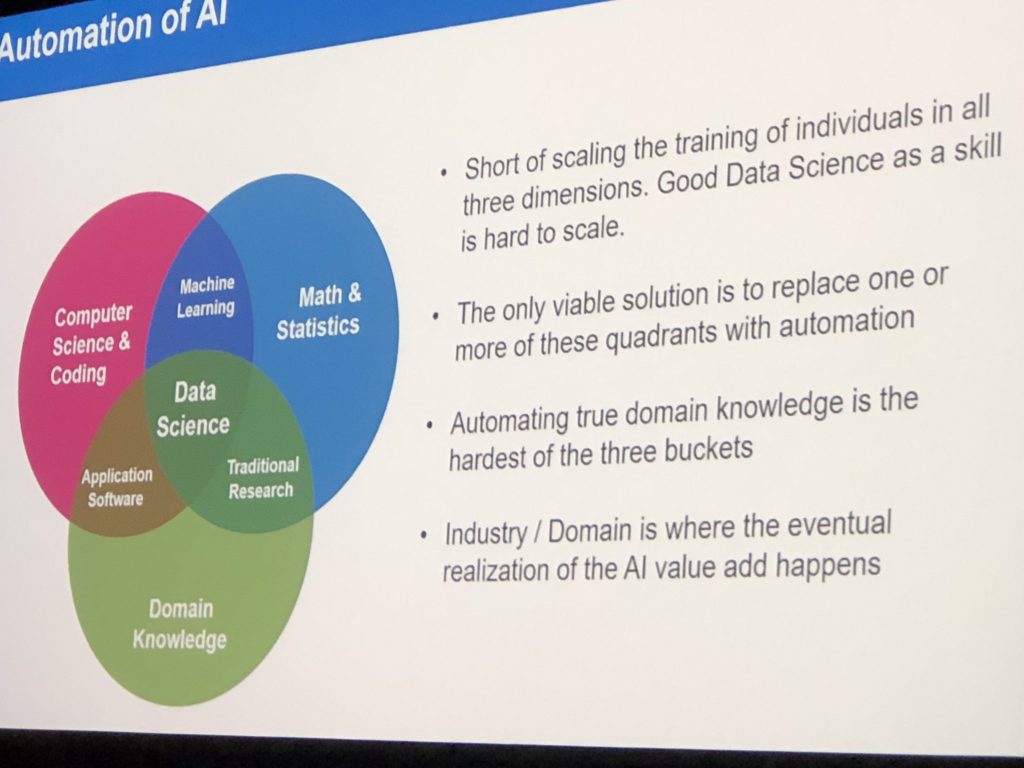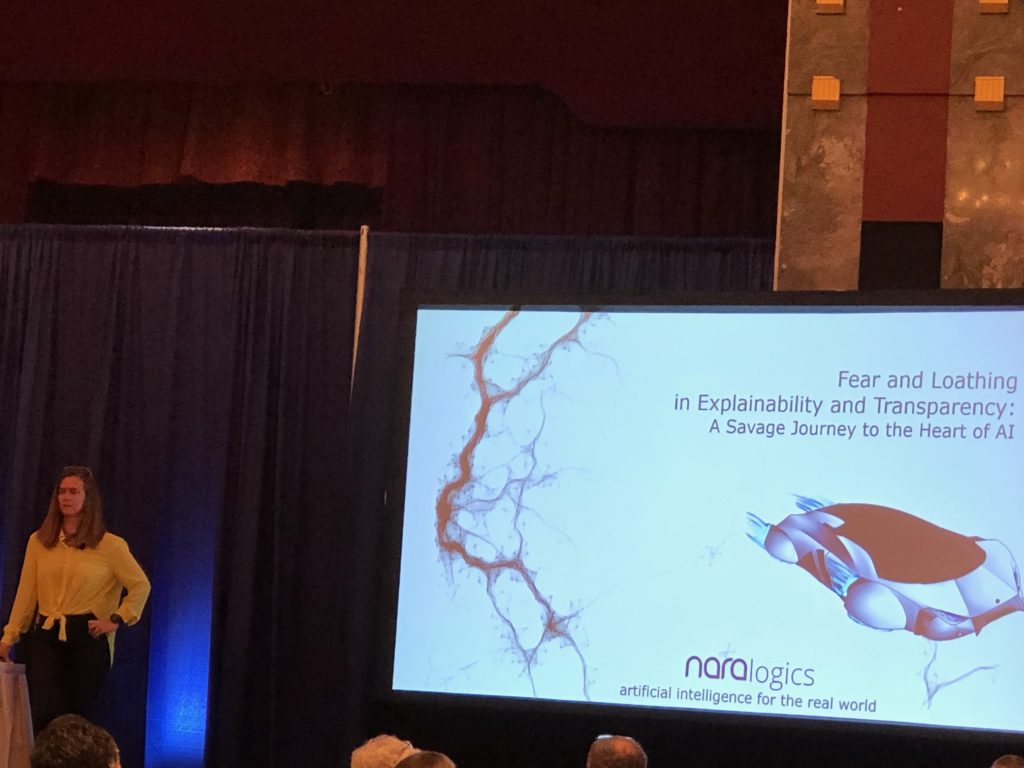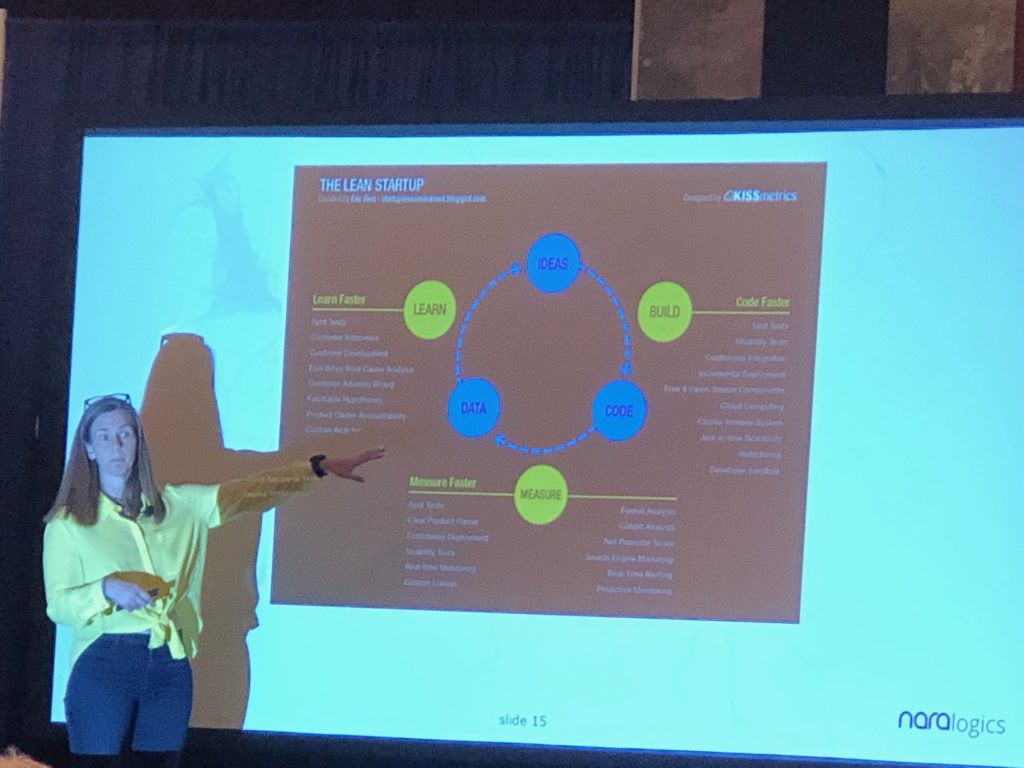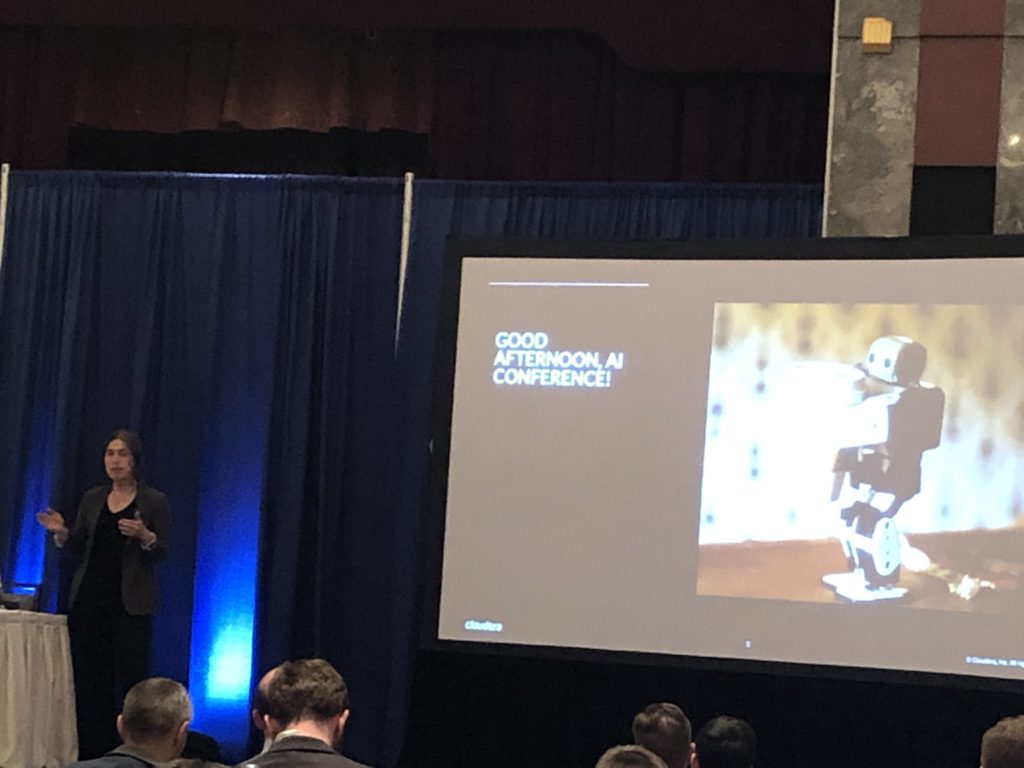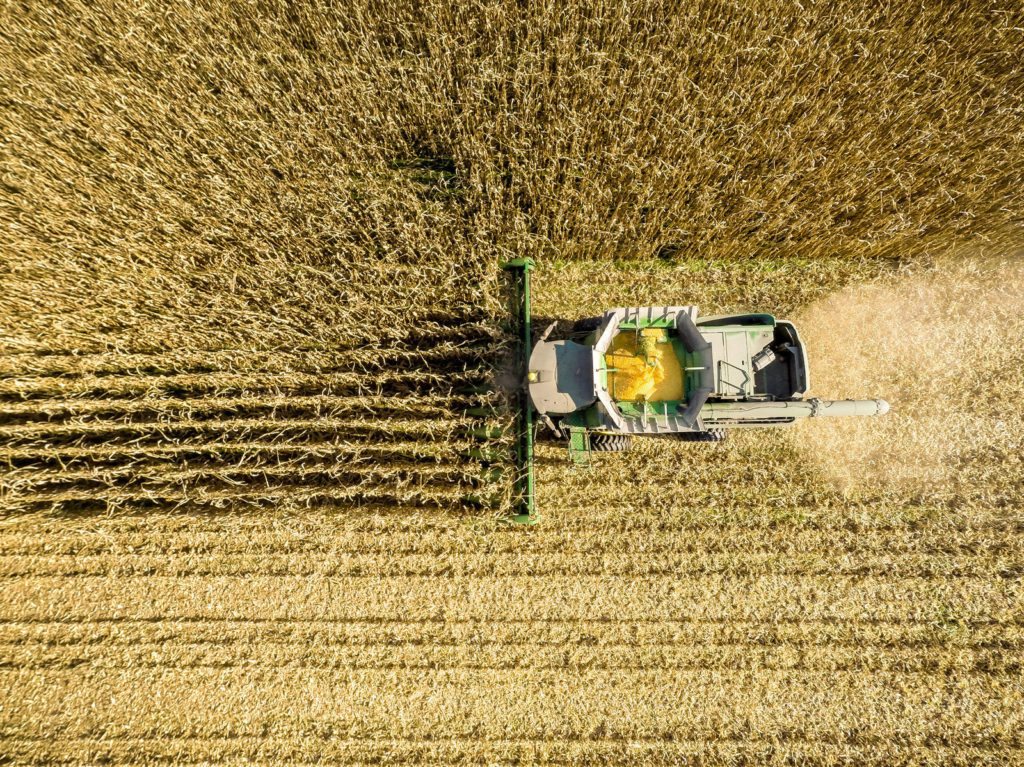Interesting job post at Bucknell:
Director, Sustainable Technology Program
The Director of the Sustainable Technology Program at the Bucknell Center for Sustainability and the Environment (BCSE) provides leadership and management of all activities associated with sustainable technology research, programs and related projects. The Director will provide oversight in areas of their expertise as diverse as climate variability and change, renewable energy technologies, climate change mitigation, permaculture, or eco-landscaping, and supports related efforts within the BCSE and the University at large. This role oversees program staff and works collaboratively with the BCSE’s Faculty Director, other Program Directors and BCSE Staff, affiliated Faculty and Faculty Associates. This full-time, 10 month, benefits eligible position reports to the Faculty Director of the BCSE.
Duties and Responsibilities:
Leadership and Vision: Provides intellectual leadership, creativity and innovation to the many interdisciplinary projects and activities defined broadly in terms of climate variability and change, climate change mitigation, renewable energy (solar, wind, geothermal, hydro, biomass, etc.), and permaculture technologies. Works with faculty, staff, and students to develop and implement innovative programs, projects, and activities.
Collaboration: Actively collaborates with other CSE colleagues, faculty, and students to contribute to the continuing development of the sustainable technology program and the growth of the CSE.
Project Management: Provides creative vision for and administers all sustainable technology projects and related activities. Types of activities in this area include, but are not limited to: program visioning, project management, grant development and management, events organizing, logistics, outreach, and meeting facilitation.
Budget Management: Coordinates and administers all sustainable technology program budgets. Types of activities in this area include, but are not limited to: preparing annual budget requests, tracking revenues and expenditures, and grant budget reporting.
Strategic Planning: Coordinates and administers ongoing strategic planning activities related to the sustainable technology program, including but not limited to: convening collaborative visioning exercises, developing/revising strategic planning materials relating to sustainable technology, meetings, monitoring progress of sustainable technology projects/activities, conducting assessment activities, and preparing annual work plans and progress reports on projects/activities.
Grant-making and Extra-mural Funding: Provides intellectual leadership for and coordination of all aspects of grant making related to obtaining financial support for sustainable technology programming from diverse internal and external sources.
Communications: Provides creative vision for all aspects of communications related to sustainable technology, including website design and maintenance, email, blog update, social media outreach messaging, printed materials, among any others. Assures consistency of all communications for the program with CSE strategic plan and Center communications strategy
Professional Networks: Develops and maintains cross-disciplinary professional networks that advance the objectives of the sustainable technology program. Encourages and supports cross-disciplinary interactions among faculty, students, and staff related to sustainable technology. Attends conferences, workshops, and similar events relevant to the objectives of sustainable technology. Serves as a liaison for faculty, staff, and students on related CSE projects and activities. Periodically convenes faculty and staff affiliated with the sustainable technology program.
Teaching and Learning Support: May offer one course (or the equivalent of one credit) in support of the objectives of the sustainable technology program, given approval by relevant academic department(s). Supports development of Integrated Perspectives (IP), Environmental Connections (EVCN), or other courses relevant to the objectives of the sustainable technology program.
Student/Faculty Research and Project Support: Recruits and mentors student interns and researchers for sustainable technology projects and related activities. Provides logistical support for faculty and student projects/activities associated with the sustainable technology program.
Outreach: Represent the CSE Program as needed at diverse university events including but not limited to: university admissions events, alumni events, prospective student visits, as well as other relevant activities/programs. Convenes meetings of internal and external partners and constituents associated with CSE, sustainable technology, etc. such as the Renewable Energy Scholars.
Minimum Qualifications:
• Ph.D. or doctorate degree in a relevant field of study and at least two years of experience in higher education.
• Demonstrated commitment to diversity and inclusiveness.
• Demonstrated interest and broad expertise in climate change, renewable energy technology, sustainable design, with the ability to teach classes and mentor student researchers.
• Demonstrated strong organizational and communication skills.
• Ability to manage complex multi-partner projects in campus and regional settings.
Preferred Qualifications:
• Recognized leadership in societies in their area of specialty (regional, national, etc.)
• Professional licensure in area of specialty (such as E.I.T., P.E., etc.)


